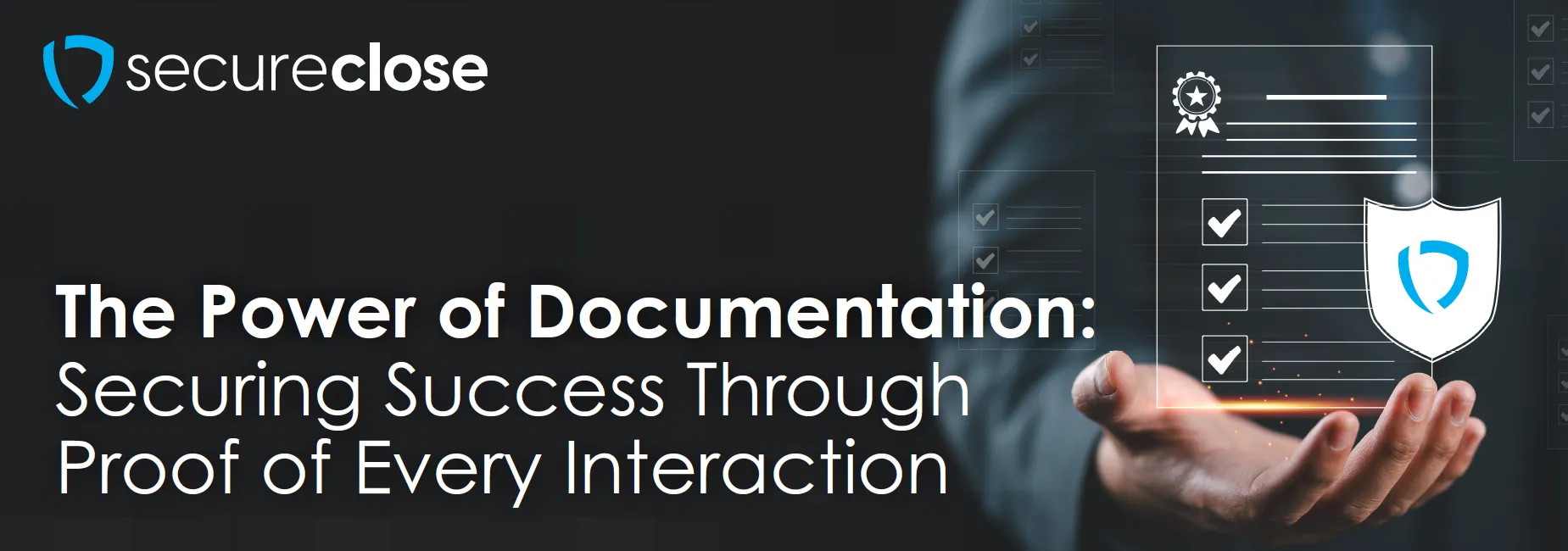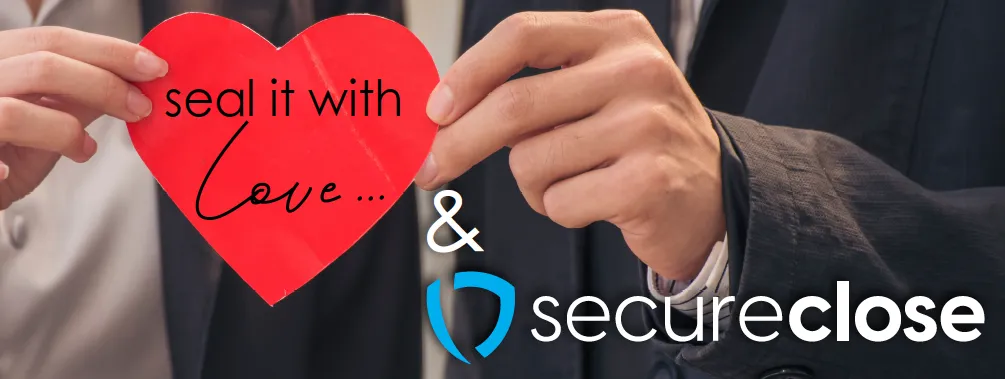
The “Closing” Step in Financing
People often ask me to explain the concept of the “Authoritative Original” that is produced in the SecureClose process, and how it compares to the traditional experience.
The “closing,” also called “Transaction settlement,” is when you and the other parties in the transaction sign all necessary documents to memorialize the transaction. After signing these documents, everyone assumes responsibility for the terms and conditions of the agreement.
Lenders require dealers to provide disclosure on the documents presented to the consumer. Lenders also require dealers to check and confirm the vailidity of all document terms, including the spelling of names, the loan terms, fees, and that the loan type all match the most recent loan estimate. Also, they require the dealer to confirm that the loan amount, the interest rate, and the total payments all agree with what was promised to the consumer. Finally, lenders require dealers to confirm and disclose any and all penalties or restrictions that are or aren’t applicable. Once completed the lender has rights and responsibilities as well, regarding the chattel paper.
Chattel
In the world of tangible chattel, multiple physical documents could comprise the chattel paper (such as a note and a separate security agreement). There are often multiple copies of the same item of chattel paper. One of those editions is typically marked “ORIGINAL” and all others marked “COPY.”
While filing an effective financing statement in the appropriate place may perfect a security interest in chattel paper under UCC § 9-310, a possessor of tangible chattel paper can obtain superior rights in the chattel paper under UCC § 9-330. To obtain those superior rights, the possessor must possess the copy of the tangible chattel paper marked “ORIGINAL.” With this paper world in mind, the drafters of Revised Article 9 developed the concept of “control” for electronic chattel paper (ECP)—UCC § 9-105.
The drafters intended that the elements of control as stated in UCC § 9-105 be the electronic equivalent of the physical possession of the tangible chattel paper marked “original.” Thus the idea of “record or records” recognized that multiple writings could make up one “item” of chattel paper. The UCC § 9-105 designation of a “single authoritative copy” of ECP that was “unique and identifiable” was intended to be the functional equivalent to the “original” of tangible chattel paper.
What makes the tangible copy of an item of chattel paper “single,” “authoritative,” “unique,” and “identifiable” is the ability to mark it as the “original.” For ECP, I believe the assumption was that technological systems would be developed to permit an electronic copy flagged as the “original,” thus making it distinguishable from other non-authoritative copies.
The drafters of Revised Article 9 also recognized that in the world of tangible chattel paper, assignments of and revisions to that chattel paper could be noted on the tangible “original.” Similar provisions for noting authorized revisions and assignments of ECP were provided for in the UCC § 9-105 definition of control.
Finally, unlike the securities arena where regulated intermediaries provide record keeping abilities for determining rights and obligations with respect to intangibles, such as un-certificated securities and security entitlements, the drafters of Revised Article 9 had to consider who would maintain the electronic records that comprise ECP. UCC § 9-105 requires that either the secured party or its designated custodian maintain the electronic records comprising an item of chattel paper.
Although the trustworthiness and integrity of the system for maintaining the ECP records are critical to the control concept, Revised Article 9 does not dictate how the trustworthiness or integrity of such a system should be demonstrated. This is left up to the market to determine.
Transaction Validation System (TVS) – What is SecureClose
The SecureClose Software provides Finance companies the ability to standardize their document closing process through our state of the art Closing Process. Utilizing our integration with the top Dealer Management Systems to provide the buyer’s sale documents, the SecureClose system presents the consumer with a high-resolution version of each document they need to sign, along with a consistent, standardized disclosure and explanation of the form’s contents. Each form’s disclosure has been carefully written and reviewed by top legal professionals in the automotive industry to ensure a compliant explanation is given to every person, every time.
Our unique Avatar’s use a naturalistic Text-To-Speech engine to communicate with the customer, and since each form’s disclosure is tailored to pair the best possible explanation for each form, businesses can be confident that their customers are hearing the correct message, every time without the element of human error. While the customer is reviewing and signing their documents, the SecureClose system is creating a real time capture of everything the customer clicks and does on the screen. At the same time, the front-facing video camera is recording audio and video of the customer. When the process is completed, the SecureClose system links the videos together to create a unique Closing Record, that displays the screen capture and the video of the customer side-by-side for an indisputable record of everything explained.
Lastly our SecureClose vault was built with finance companies in mind and follows the requirements of Revised Article 9, with one thought in mind, providing “control” for electronic chattel paper.
Sincerely,

Ace Christian





